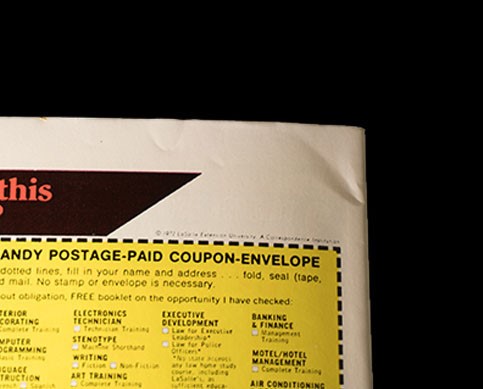What Common Defects Affect Your CGC Grade?
Posted on 4/5/2023
Keeping your comics well-protected is important to maintain their value. When you’re evaluating your comics, you might find a few common defects that could bring down your grade. Don’t panic. There might also be ways to fix them.
 |
 |
Bends or stress along the spine of a comic book that do not break color, usually resulting from a curling of the spine, are very common. Also, look closely at the left edge of the comic for any curves toward the front or back which could be the result of folding back each page as the comic was read.
Another issue is curved or bent areas of paper that do not break color, on or through the book. Exposure to moisture can create tight areas of waves, and finger bends are created by the frequent handling and reading of the book. Large bends can also be caused by the weight and pressure of stacking your books, or objects resting on top of the book for a prolonged period.
 |
 |
The good news is, depending on the severity, most of that can be addressed with professional pressing, such as the services offered by CGC.
The process of comic book pressing is non-invasive and does not alter the book's originality. The process developed by CGC is designed to be safely applied multiple times to remove defects.
In a general sense, pressing has been around since the beginning of comic book collecting. However, crude and simple methods of pressing were employed, with little thought given to long-term effects. By the 1980s, pressing became more sophisticated, serving as part of the evolving restoration process. In the 1990s, pressing became associated with water and solvent cleaning and was utilized separately from traditional restoration. If done correctly, multiple pressings do not hurt a comic, whereas one improper pressing can cause substantial damage.
It is important to note that just because a comic book exhibits defects that can be addressed, it does not mean it will automatically increase in grade with a pressing. The defects that can be addressed must be weighed against the presence of any that cannot be addressed.
Most defects can be addressed through restoration, but some cannot or are too difficult to repair. These may be permanent. For example, extremely brittle pages make handling impossible. Missing pages or covers cannot be restored without the same parts from a donor copy. Additionally, extensive tape removal can sometimes cause further damage by pulling up ink, especially on Silver Age comics. Other defects may hinder the potential for a comic to achieve a high grade through restoration, such as certain kinds of stains, heavy creasing, cover fading, excessive glue repairs and heavy spine wear.
Restored books are graded with CGC’s purple certification label and high-grade comics often sell for prices that are similar to low-grade ones with CGC’s blue (Universal) label.
DISCLAIMER: This article is made available in the form of a general guide only and is provided solely for reference and informational purposes. The article is not intended to provide, nor should anyone consider that it provides, grading or collecting advice or guarantees. CGC disclaims all liability and responsibility arising from any reliance placed on these materials by anyone who may be informed of any of its content.
Stay Informed
Want news like this delivered to your inbox once a month? Subscribe to the free CGC eNewsletter today!